Kratom has been used in traditional medicine by natives of Southeast Asia for centuries. Here in the United States, Kratom isn’t as well-known, but it’s becoming more and more popular as the year's pass. It’s a very diverse botanical, and there’s a lot to learn about it! We want to make sure you’re set with all of the information you need.
In this article, we are going to discuss what Kratom is, what it’s used for, where it comes from, and the types of products. As well, we will briefly touch on the legal status of Kratom across the United States. If you’re new to Kratom, this article will help you gain a solid understanding of the basics.
Disclaimer: Kratom remains unregulated by the FDA, the authors of this text would like you to note that although this article contains many points regarding the use of Kratom, they should only serve as a piece of information - not medical advice.
Kratom is not intended to cure, diagnose, treat, or prevent any disease or condition.
Make sure to speak to a physician if you have questions before using Kratom.
What is Kratom?
Mitragyna Speciosa, more commonly known as “Kratom” is a cousin of the coffee plant. It’s an evergreen tree that grows throughout the luscious rainforests of Southeast Asia. While it grows throughout numerous nations, most of the global supply is exported from Indonesia.
Kratom trees are magnificently large. In fact, they can reach up to 100 feet tall if grown in optimal conditions. The leaves are big and verdant with noticeable colored veins running down the face of the leaf.
Similar to other botanicals, Kratom can be found in various strains. There are Red Vein Kratom, Green Vein Kratom, White Vein Kratom, and Yellow Vein Kratom strains. Additionally, Kratom can also be classified by the origin in which it was found. Some examples include Maeng Da Kratom, Thai Kratom, Bali Kratom, Borneo Kratom, and so on. Each strain produces effects that are unique to its alkaloid profile. We discuss this more in detail below.
What is Kratom made from?
Kratom products are made from the leaves of the Mitragyna Speciosa tree. These products come in various forms. The Kratom plant produces almost 40 different types of indole alkaloids; most notably Mitragynine and 7-Hydroxymitragynine. The alkaloids develop in stages and become more potent throughout the plant's lifecycle. At each phase, more and more Mitragynine is naturally converted to 7-Hydroxymitragynine. All of the leaves have different alkaloid profiles, causing some strains to be more potent than others.
It’s up to the farmers to determine when the Kratom leaf is ready for harvest. They can do this by observing the vein color. As the plant ages, the veins go from a white color to green, and lastly, to red. White vein Kratom strains will have the least 7-Hydroxymitragynine, while Red vein Kratom strains will have the most. All of the vein colors have their own properties.
Well, what about Yellow vein Kratom? Unlike the other vein colors, “Yellow” does not refer to the actual vein color on the leaf when it’s harvested. Instead, it is believed that farmers use White Vein Kratom leaves in a very special drying process to create a yellow hue. It requires a much longer drying time than other strains. However, there’s some debate in the community about the true origin of Yellow vein Kratom strains.
What is Kratom Used For?
There are so many reasons that people use Kratom! Some Kratom strains can provide energy and motivation, while others provide relaxation and discomfort relief. Some strains even give a harmonious balance of both.
Here is a list of effects that Kratom may produce:
- Energy
- Motivation
- Relaxation
- Discomfort Relief
- Restful Sleep
- Positive well-being
- Pro-social attitude
- Mental focus
Types of Kratom Products
Traditionally, Kratom leaves were consumed raw. They were either chewed or brewed into tea. Nowadays, the most common form of Kratom you’ll see is Kratom Powder. Kratom Powder is made by drying Kratom leaves and grinding them down into a very fine powder. The powder is then made into other products, or consumed in powder form.
At Happy Hippo, we offer several different Kratom products:
- Regular Kratom Powder (Over 30 different high-quality strains)
- Flavored Kratom Powder (2 awesome flavors!)
- Kratom Capsules
- Liquid Kratom Extract
- Kratom Extract Shots
- Kratom Extract Soft Gels
- Kratom Extract Taffy Chews
Question: Why don’t we use raw Kratom leaves in the United States?
- Kratom plants need tropical conditions to thrive, and the climate of North America isn’t exactly “ideal” for a Kratom tree to grow naturally. So, most Kratom is grown and manufactured in Southeast Asia and then imported to the states. Unfortunately, you can’t ship raw Kratom leaves across the world because they will likely go bad before reaching their destination. Dried plant material has a much longer shelf life.

Is Kratom Legal in the United States?
For the most part, yes!
Kratom is federally legal in the United States. Unfortunately, it’s widely misunderstood because the Food and Drug Administration (FDA) has been trying to restrict Kratom for as long as we can remember. Some states have taken heed and restricted Kratom on a local level.
Here is a complete list of states where Kratom is restricted:
- Wisconsin
- Indiana
- Arkansas
- Alabama
- Vermont
- Rhode Island
In some states, Kratom is legal under state law but restricted in some individual cities, towns, and counties. You can keep up with the legal status of Kratom using the American Kratom Association’s legality map.
Is Kratom an Opioid?
The Food and Drug Administration (FDA) would have you believe that it is. The FDA states that since Kratom attaches to opioid receptors in the brain - it is an opioid.
Believe it or not, there are many scientific researchers who say otherwise. Even though Kratom interacts with opioid receptors, the classification of an opioid is erroneous. Scientists note that Kratom and its alkaloids have been classified as atypical opioids because they are structurally and biologically distinct from classical opioids. Atypical opioids are not the same as opioids. As science continues to evolve, we hope to uncover more truths about Kratom.
Still, the evolving definitions in the medical community create more confusion. At one point, the classification only included opiates and opioids. Each was distinct from the other. Opiates are naturally occurring alkaloids found in opium poppies. Opioids are synthetic compounds or derivatives. Now, scientists and the government have interwoven the two.
The alkaloids found in Kratom are not opiates, nor are they synthetic opioids. Kratom compounds should have their own unique classification since Kratom is not an opioid.
What is Kratom Tea?
Kratom Tea is an extremely common (and easy!) way to drink Kratom. It’s the practice of using raw Kratom leaves or regular Kratom Powder to create a tea-like beverage. We think it’s one of the best ways to consume Kratom!
How to Make Kratom Tea:
Start by bringing 4oz of water to a boil. Once boiling, remove the pot from heat and let it cool for a few minutes. Once cooled, add in your desired amount of Kratom leaves or powder. If using Kratom leaves, allow the leaves to steep for 15-20 minutes and then strain the liquid.
And that’s it! Please make sure the beverage isn’t too hot before enjoying it.
If you want to combat the bitter taste of Kratom, add lemon, honey, agave, or other sweeteners to the finished product.
Note: Allowing the water to cool before adding the Kratom is KEY! Adding Kratom to boiling water will kill the alkaloids and make the Kratom ineffective.
Question: What color is Kratom Tea?
- Kratom Tea ranges in color from goldenrod to yellow-green. It may vary depending on the strain that you use.

What is Better - CBD or Kratom?
Kratom and CBD are incredible botanicals, especially for easing chronic discomfort. Although they are used in similar fashions, Kratom and CBD are completely different plants that have their own distinctive compounds. Each has its pros and cons. Neither is approved by the FDA.
Generally speaking, CBD is more well-known and accepted in the medical community compared to Kratom. Some doctors even prescribe patients CBD to help prevent some types of rare seizures. We recommend doing extensive research on both botanicals to know which one would work better for your needs.
Kratom Reviews
A great way to determine which Kratom strain is right for you is to read reviews online. Reading reviews can help you learn which vendors are trustworthy, reliable, and provide high-quality products. As well, finding the right product for your specific needs is essential to comfortably incorporate Kratom into your life.
We offer a variety of Kratom reviews on the product pages of our website, but we also have longer, more detailed reviews (as well as other informational content) on our Kratom blog.
You can also find Kratom reviews on other sites across the web. A popular place to read reviews is on community boards such as Reddit, where you can connect with like-minded people. Kratom Wiki contains some good information as well. One of our favorite places to read about Kratom is a blog site called Kratom Geek. They share weekly reviews on numerous products and vendors that are up-to-date and descriptive.
Conclusion
Kratom is a valuable botanical that deserves more scientific study. Initiating more scientific study on Kratom would uncover the plant’s true nature, and help everyone in the world understand the good it can do. That being said, Kratom certainly isn’t for everyone and it does come with some risks due to the lack of study.
If you’d like to try a free Kratom sample, check out our website! We offer samples to new customers - completely FREE! No shipping costs or hidden fees. We have the best Kratom ever. Seriously. All of our products are lab-tested, sterilized, and packaged in our GMP-compliant facility.
Not sure where to start?
Check out our 3-Strain Newbie Starter Pack or take our Kratom Newbie Quiz. If that doesn’t help, feel free to reach out to us! We are always happy to help!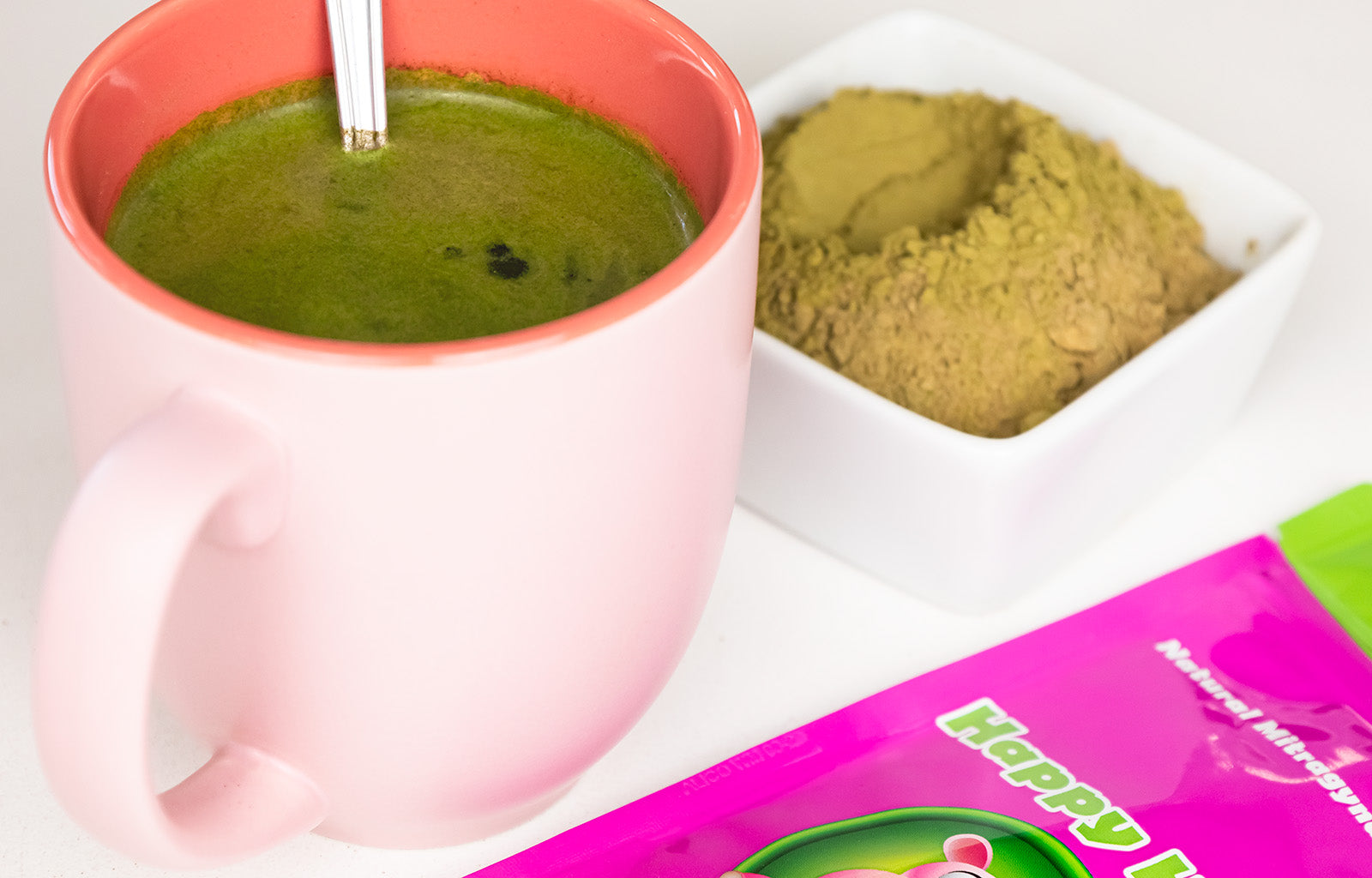
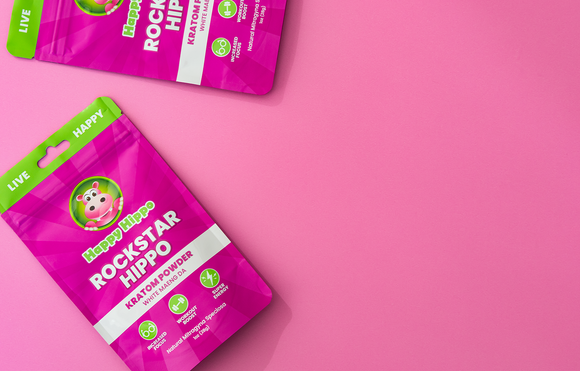

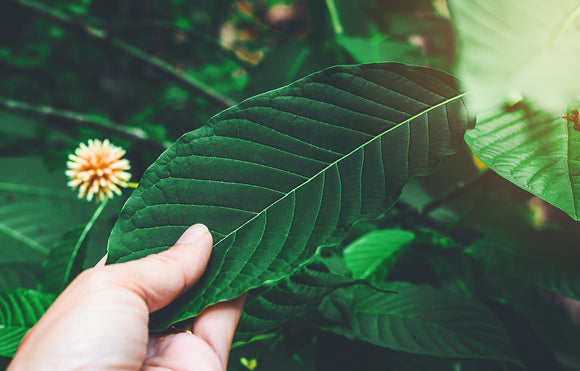
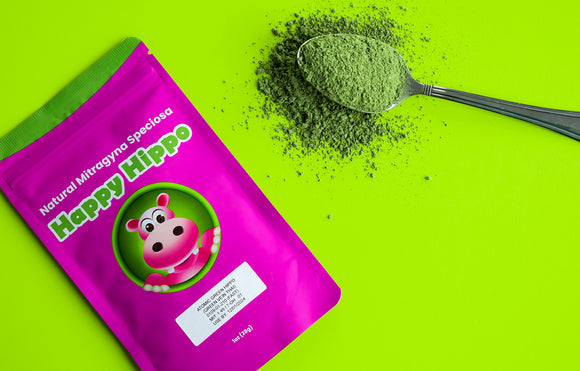
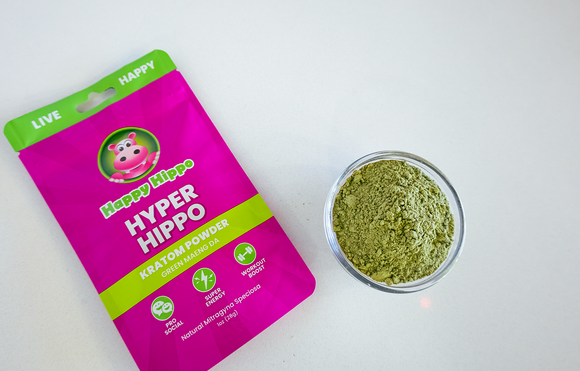
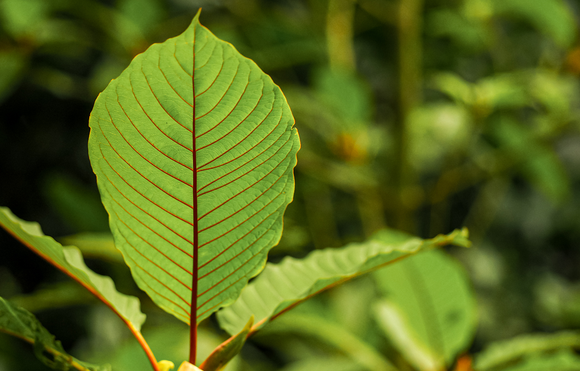
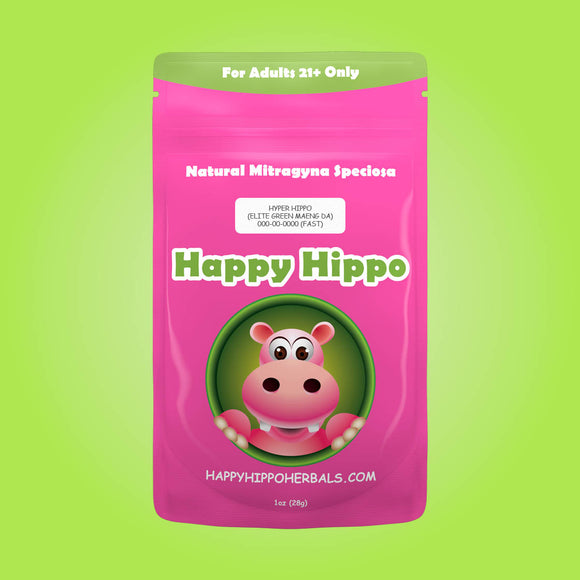
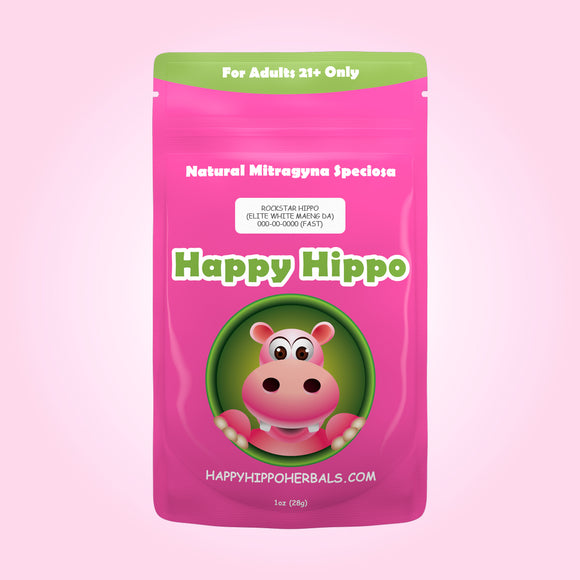
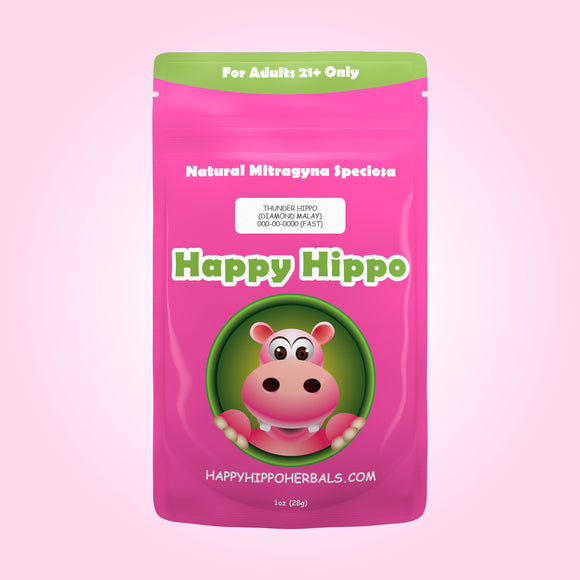
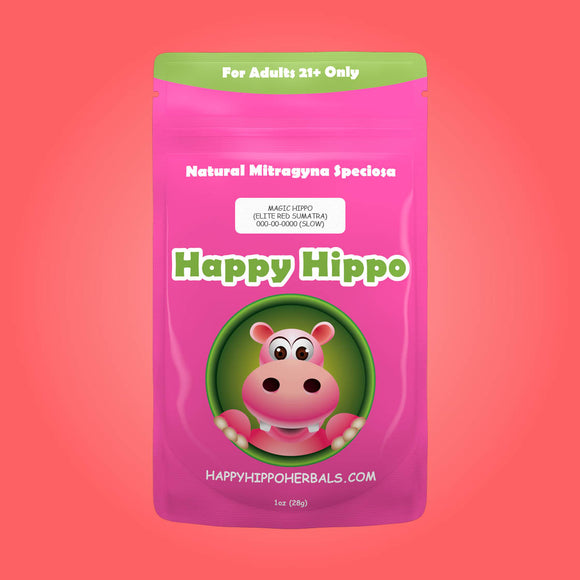
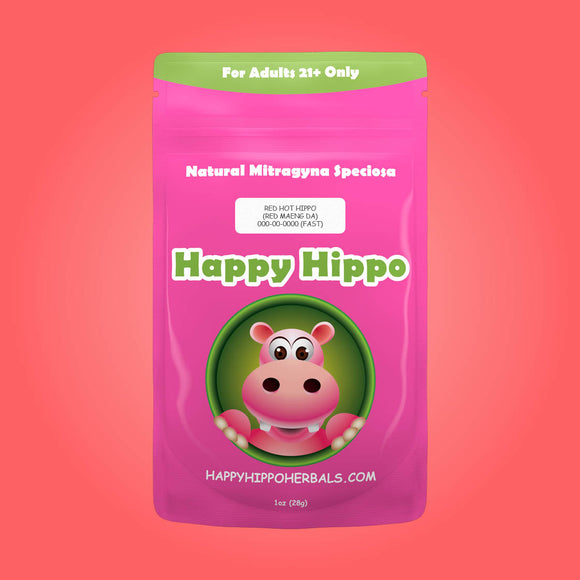

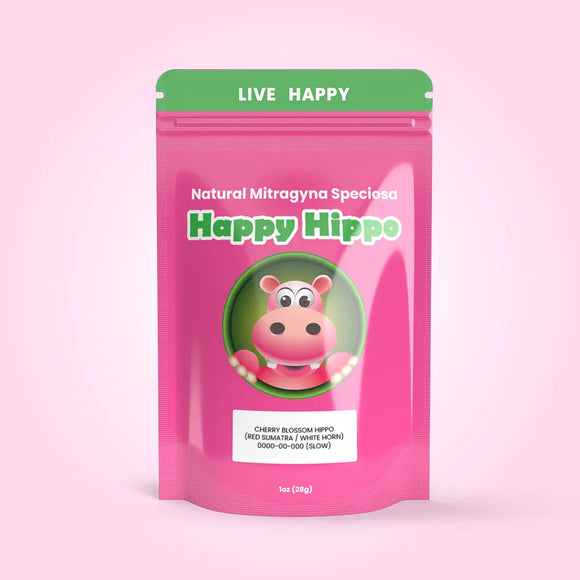

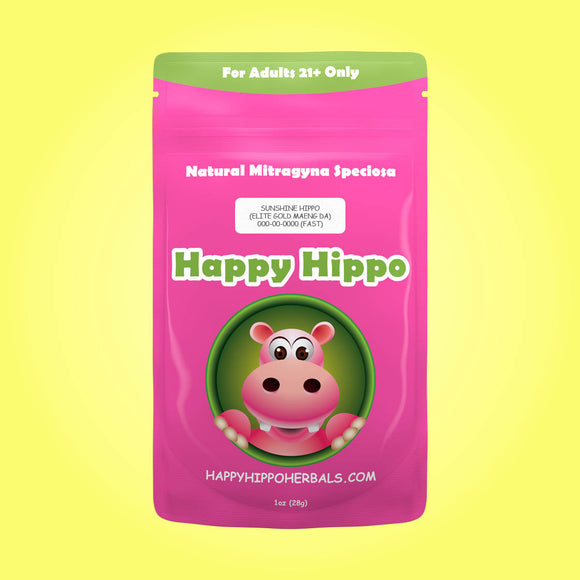
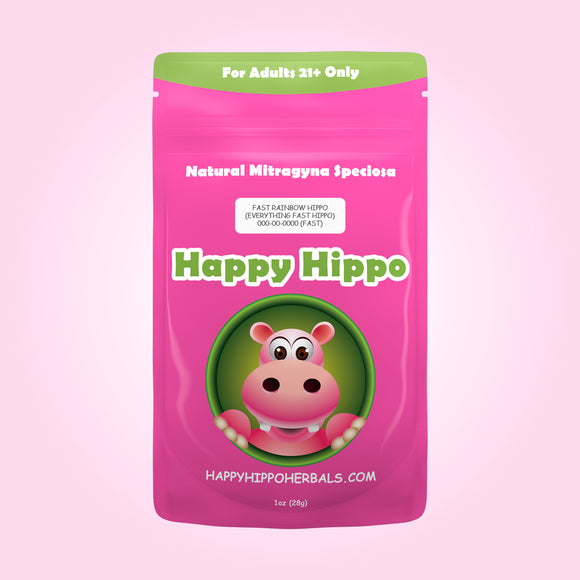
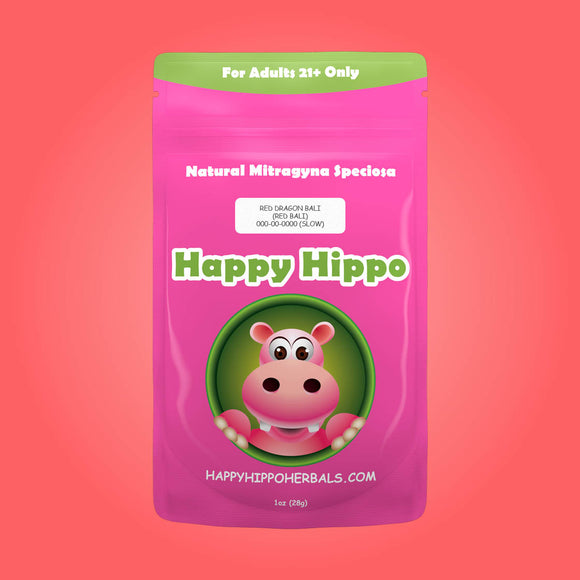
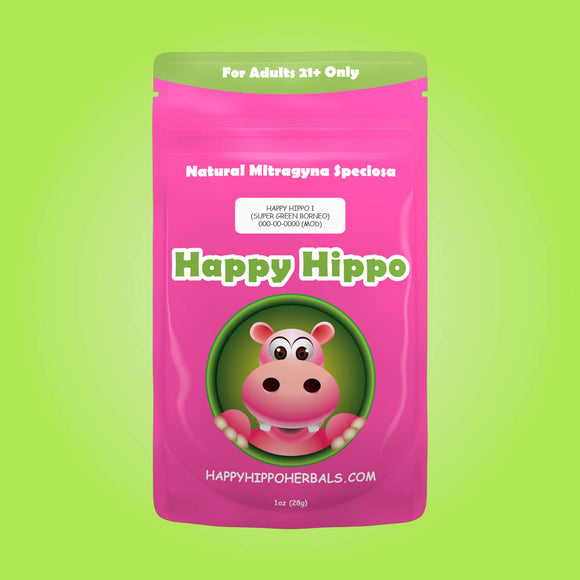


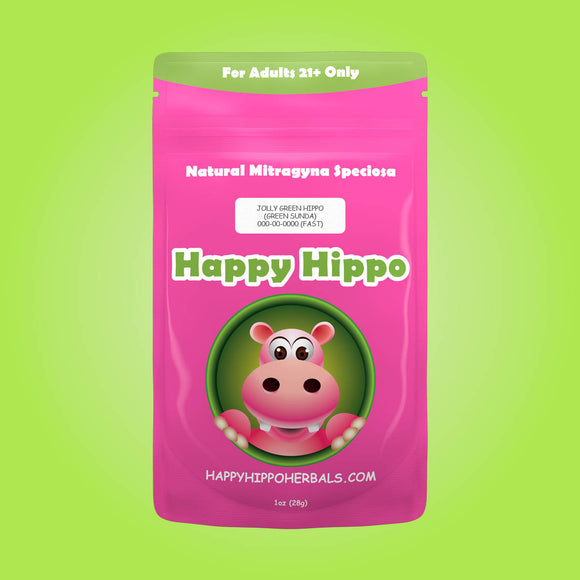
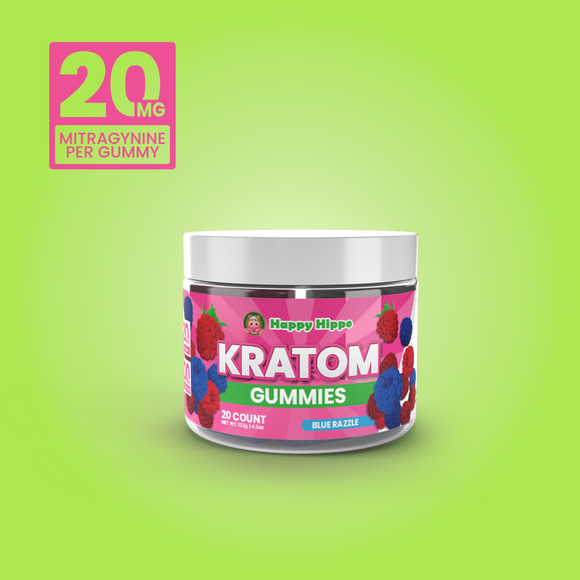
New Comment
Please note that all comments are reviewed and must be approved before being published.